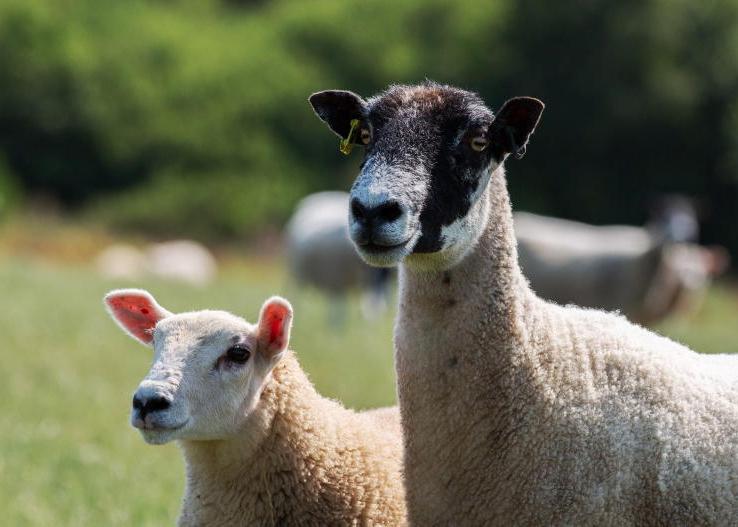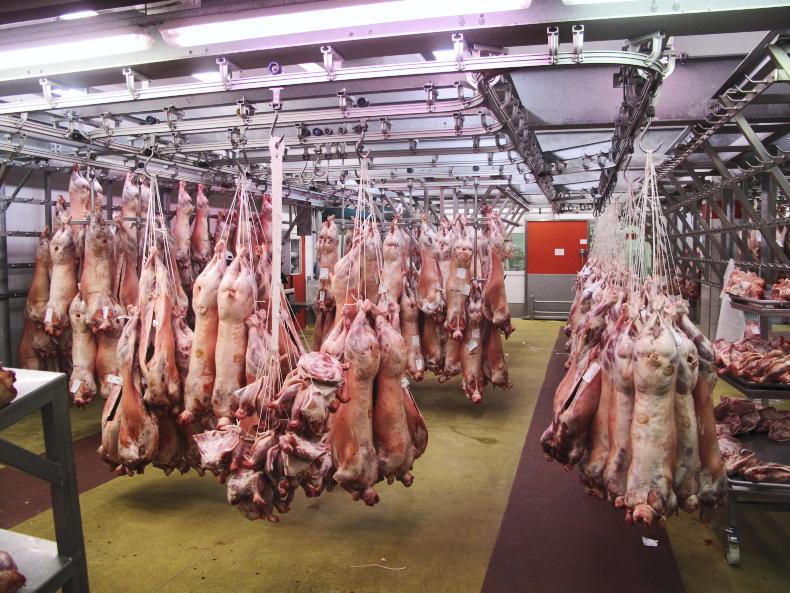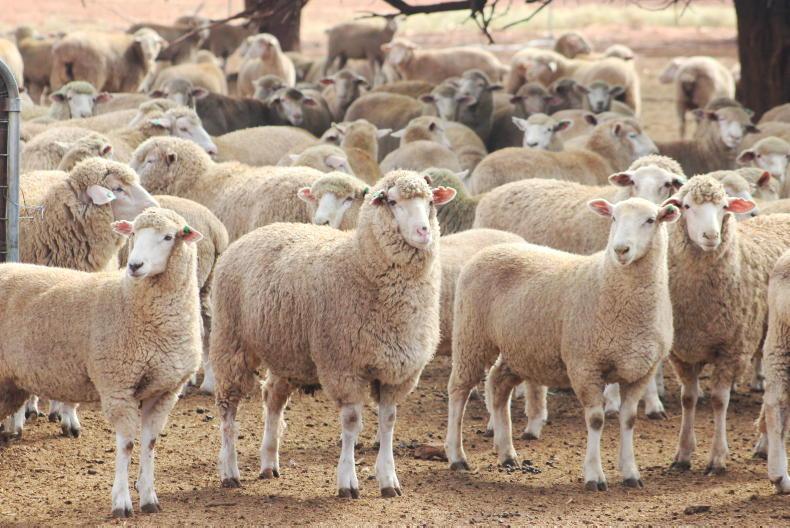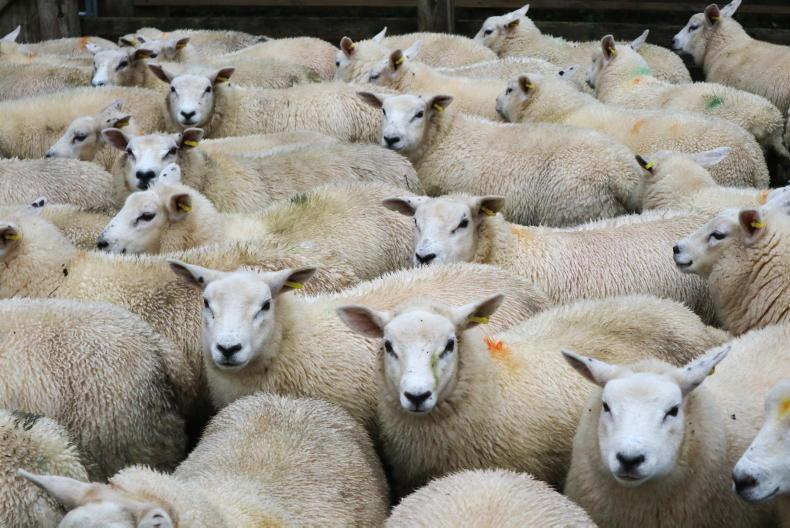Last week’s deep dive into market forecasts for the UK sheep sector has raised some follow-on questions regarding the export destinations for Irish sheepmeat.
While the increase in exports of 7,080t in 2022, or a 10% lift to reach 75,157t, was detailed earlier this year, the exact breakdown in market destinations was not finalised.
End-of-year data is now available and shows that the majority of the increased export volumes were destined for the 27 countries in the European Union.
Volumes traded rose by 6,322t, or 13.4% as detailed in Table 1.
The increase was underpinned by 200,000 extra hoggets slaughtered in the first half of 2023 when market returns were stronger.
The greatest increase of 2,743t was recorded in Germany which accounted for 12,251t, or 16% of total Irish sheepmeat.
The German market has probably been the greatest success story of market performance over the last five years with export volumes recorded at just 4,394t in 2018.
This represents a major growth of almost 8,000t in just four years.
Higher value
As reflected in Figure 1 the market is Ireland’s third largest outlet based on export volumes with exports to the UK 2,687t lower.
However, the portfolio of products exported to the German market is typically higher worth value-added products compared to the UK, which is a mixture of high- and low-value cuts and a significant volume of product traded in carcase form, some of which is mutton.
As such, the value of sheepmeat exports to Germany, at approximately €74.2m is €3.8m higher than the UK despite the lower volumes, and is also marginally above French prices on a per-kilo output basis.
France remains the primary market for Irish exports accounting for 22,603t, up 13% on the year previous. This equates to 30% of total Irish sheepmeat export volumes.
There has been a slightly higher volume of sheepmeat exported to France in carcase form in recent years and this has suited factories better at times to lessen labour concerns.
Swedish market
Like Germany, the Swedish market has been another positive market in recent years with export volumes increasing by 7% to 7,311t in 2022. The market takes a mixture of product and is also an outlet for light lambs.
The major trading ports are a gateway to neighbouring EU countries and are also a gateway to eastern European markets
The Dutch market appears to have recorded major growth in 2022 with export volumes increasing by some 45% and recorded at 4,053t.
It is unlikely though that this volume of sheepmeat was consumed in the Netherlands with the country a key player in global trade.
The major trading ports are a gateway to neighbouring EU countries and are also a gateway to eastern European markets.
It is probable that a significant volume of product exported to the Netherlands had a final destination outside the country.
For example, exports to Belgium fell by almost 20% in 2022 to 3,116t. Market insights raise the possibility of higher volumes of sheepmeat entering the Belgian market than recorded by the Central Statistics Office (CSO).
Exports to Italy have fluctuated in recent years and increased to 2,153t in 2022.
Reports indicate that Italy has been an important market for high-value cull ewe carcases or cuts in the last 18 months to two years, with this demand feeding in to the vibrant cull ewe trade.
Exports to Switzerland have also remained steady in recent years. The Swiss market is an important high-value market with the 2,532t exported there representing an increase in volume of 13.6% while the increase in value was 26% higher, rising by €6.5m to in excess of €31.5m.
The Canadian market recovered somewhat in 2022.
The market has been under some pressure since the latter half of 2022 with inflationary pressure said to have curtailed opportunities to grow at present, and even maintain, exports.
Not surprisingly, the volume of sheepmeat exported to Asian markets was hampered by China’s zero-tolerance COVID-19 policy.
Irish exports to Hong Kong fell from close to 900t to just 26.2t.
It is hoped that a recovery in Chinese sheepmeat imports in 2023 may provide some light for Irish exports by drawing higher volumes of sheepmeat from the New Zealand market.
Chinese import volumes reduced by almost 100,000t in 2022 pushing higher quantities of New Zealand sheepmeat on to the EU market at a challenging time for consumption.
Exports to the Philippines fell by 30% to just over 300t, while exports to Singapore fell to 228t. Exports to Japan rose from a small base of 4,432t in 2021 to 50,195t.
Finally, the African market has provided demand for a lower-value product in recent years.
While volumes are relatively small it is nonetheless an important market to provide better carcase balance.










SHARING OPTIONS